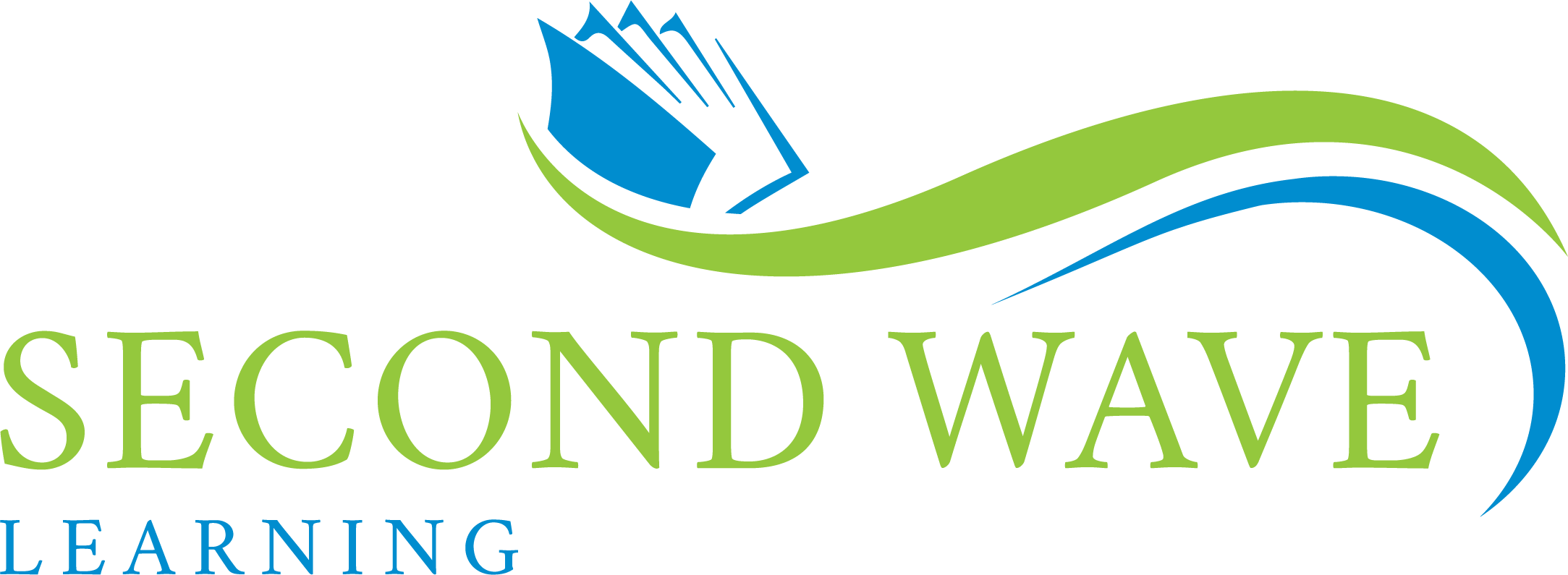Has Gen Z Lost Critical Thinking Skills?
Where would you be without Google Maps? Over 200 million people in the US use navigation maps to get around, and it turns out, every time we do, we reduce the size of our brain. Researchers at McGill University have determined that these navigation-assisted devices cause loss of grey matter in the hippocampus—the part of the brain used for long term memory and spatial navigation.
We are outsourcing our cognitive processing to computers. We’re losing our minds.
That’s nice.
Last summer my son visited a friend in North Carolina. I asked him which route he took from DC. His response was, “I don’t know”. From his point of view, why does it matter? Google Maps tells you what to do, and gets you where you need to be.
Imagine you are 21-years old and you’ve always had an app that can tell you the weather, help you park your car, discover music you’ve never heard but might like, count your steps, beep when its time to meditate, etc. What’s next? “Alexa, write my term paper.”
Research suggests that this onslaught of technology is re-wiring the brains of Gen Z, and now they are entering the workplace, which is an entirely unique and strange environment. It’s not that Gen Z has lost critical thinking skills, it is that they may have never fully developed in the first place.
Critical Thinking at Work
Gen Z’s entering the professional workplaces are educated, book smart, eager, and capable – and yet it seems like they entirely lack a certain skillset: critical thinking.
It is well documented that Gen Z may have challenges in their ability to solve problems and think critically. According to Iowa’s CORE Employability Skills Inventory, Critical thinking has four main components:
1. Access and analyze information
2. Develop solutions to complex problems that have no clear answer
3. Challenge assumptions with thoughtful questions
4. Deploy processes that analyze, select, use and evaluate approaches to develop solutions
Some of these are being outsources by computers—like “accessing and analyzing information”, and that’s okay. But others—like “challenging assumptions with thoughtful questions” cannot as easily be outsourced and requires an actual human brain.
It is these areas where companies need to provide training and assistance for Gen Z, and a manager’s role at guiding them is key. Gen Z are actually quite good at solve problems that were presented to them in the structured confines of their classrooms. However, the work environment is a little more unpredictable, perhaps chaotic.
In school, Gen Z were largely led through step-by-step processes by their teachers, coaches and parents. They had assignments with deadlines, schedules laid out for them and they learned to follow step-by-step-directions.
Therein lies the problem. In the workplace, Gen Z may for the first time experience situations where they have competing priorities, conflicting directions from different departments, and a significant amount of information hitting them like a firehose.
The sudden onslaught may make them freeze like a deer in headlights.
Gen Z need help in identifying their priorities and, well, prioritizing them. Problem-solving involves doing research and developing a plan. Knowing how to assess information, prioritize and act accordingly are going to be (pardon the term) critical to their success in the workplace.
In any job, these employees will need to figure out what to spend their time doing and why. Explain to them that they’ll want to spend more time on the things that are priorities for you and the company, explain why those things are priorities, how their tasks affect those priorities, and help them filter out distractions.
Here’s an example: You’ve hired a Gen Z account executive tasked with bringing new clients into the company’s sales pipeline. In your role as their manager (really, as their coach), you will need to work alongside your younger team members and explain how to prioritize new business opportunities. You may even need to lead by example. Give them the criteria by which to evaluate and assess the information coming at them, and provide them with the resources to do research and show them how to do it.
And practice, practice, practice. Experience is key. Tools and training are table stakes, but experience will allow them to grow and perform at higher levels.
If you provide your new employees with this structure, information, and experiential opportunities, you might even grow some more gray matter in the brain.
